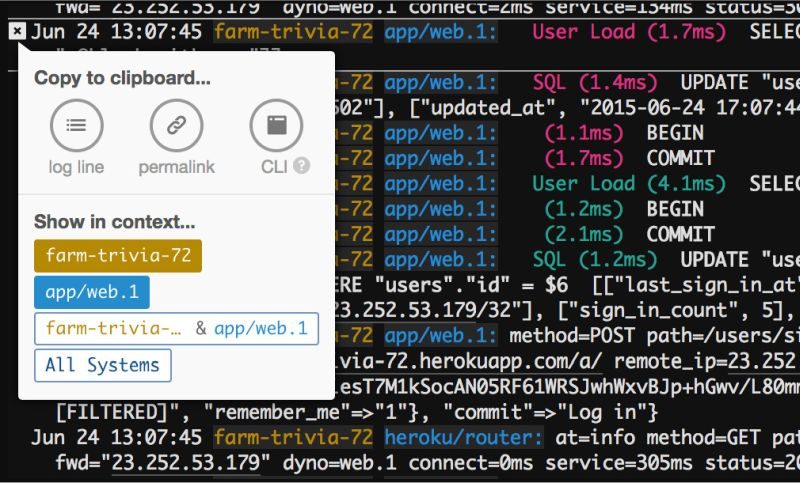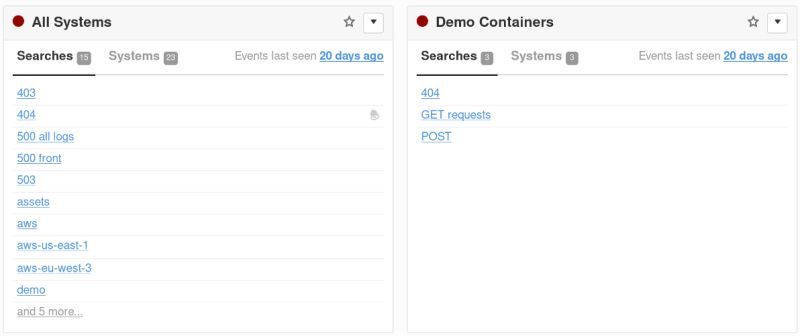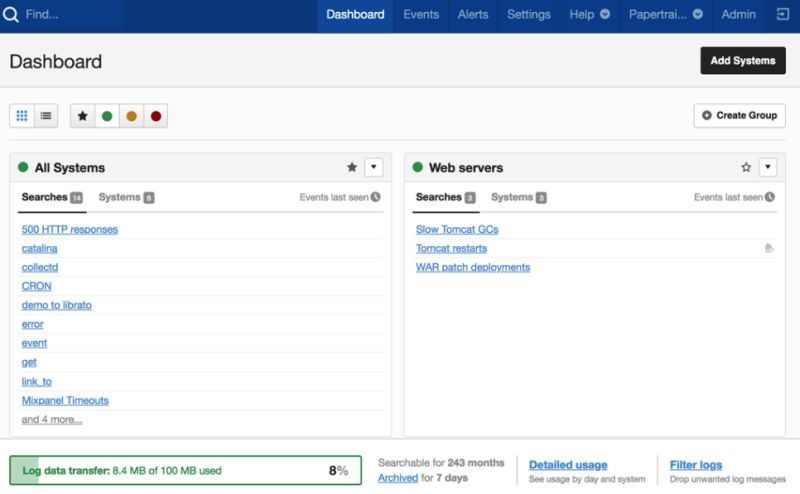There are many advantages of using a syslog server. For one, you have to know what is going on with your network environment at all times in this day and age. With the availability of a free syslog server, you can setup protection that allows you to send event messages and receive multiple logs from your network devices on a centralized server. These centralized syslog servers also save time because you won’t have to search for events or threats manually. Instead, your IT team or developers can set up alerts and actions to respond to anomalies detected on your network in real-time.
If you have multiple devices connected to your office network, monitoring is a must for your IT team. Here are some of the ways this type of server can protect your business.
1. Save Money
 Startups and small businesses need to invest in software and security applications that prevent data breaches. The average cost for a data breach goes up to $7 million or more. In addition, many companies do not recover after a data breach. If you had a syslog viewer, you can set up a network that detects all events, patterns, and threats, which makes it easier to respond to events in real-time.
Startups and small businesses need to invest in software and security applications that prevent data breaches. The average cost for a data breach goes up to $7 million or more. In addition, many companies do not recover after a data breach. If you had a syslog viewer, you can set up a network that detects all events, patterns, and threats, which makes it easier to respond to events in real-time.
2. Reduce Your Downtime
There are a few different threats that can bring down your entire system, causing your entire business to be put on hold. You can strengthen your system using management. For example, you can set up to troubleshoot events and find problems slowing down your system.
3. Set Up Alerts
 You never know when botnet virus is going to target your system. You can get alerts 24/7/365 with a syslog server. It’s one of the best monitoring tools for cyber security, network problems, application monitoring, and server alerts. You can also set up custom alerts and actions based on certain events. If you have multiple servers across a network, you can also use management to pinpoint configuration issues, runtime errors, offline activity, and other issues. Any irregular activity or events detected can trigger an action response plan.
You never know when botnet virus is going to target your system. You can get alerts 24/7/365 with a syslog server. It’s one of the best monitoring tools for cyber security, network problems, application monitoring, and server alerts. You can also set up custom alerts and actions based on certain events. If you have multiple servers across a network, you can also use management to pinpoint configuration issues, runtime errors, offline activity, and other issues. Any irregular activity or events detected can trigger an action response plan.
4. Increase Productivity
If you think about all the devices hooked up to your network, then you know there could be hundreds of log files to sort through for each device. You don’t have to manually look for logs using a syslog server. You can have a centralized area that allows you to search for these errors. You can then identify, filter, and manage all these files to find the issues and monitor your networks constantly. By spotting negative events in your log, you can correct problems and improve your system drastically.
Wrapping Up
The first step to debugging your system and making sure your network is healthy involves log management. How can you know what’s happening on your system if you don’t monitor it in the first place? In addition, you have to protect your network from all kinds of threats since many businesses work off of the cloud. You can set up a free syslog server to capture and track all events on your system. If you are worried about confidential information in your syslog messages, you can also use tools like encryption over IPSEC or use a TCP-based syslog.
Article Submitted By Community Writer




